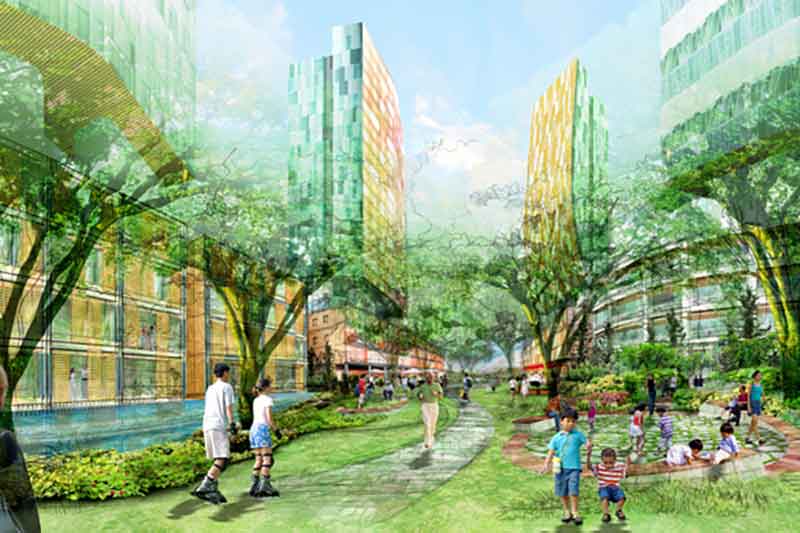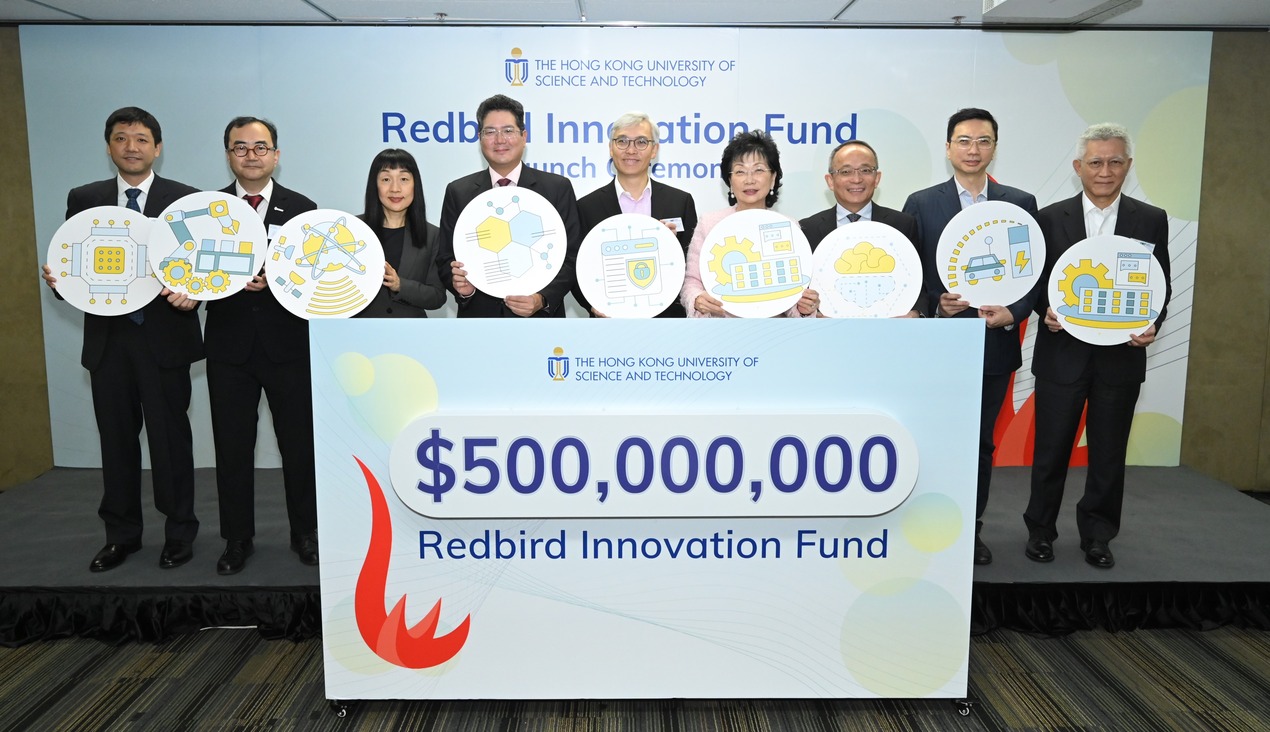
According to the Straits Times, pilot areas of an underground masterplan in the works that maps out Singapore’s underground spaces and their potential uses is set to be unveiled next year.
As part of the next Master Plan that guides Singapore’s development in the medium term, the underground map aims to provide the first comprehensive look at subterranean spaces, underground infrastructure and their potential uses.
Minister of National Development Mr Lawrence Wong, as quoted by the Straits Times, said that the Government has to take stock (on underground infrastructure) and have a good database of information and are compiling it as a central repository to have a good basis plan.
Chief Planner and Acting Deputy Chief Executive of Urban Redevelopment Authority of Singapore (URA) Ms Hwang Yu-Ning was quoted to state that the URA is working towards having a more complete 3D map of the underground spaces and infrastructure here.
According to URA, the Master Plan is the statutory land use plan which guides Singapore’s development in the medium term over the next 10 to 15 years. It is reviewed every five years and translates the broad long-term strategies of the Concept Plan into detailed plans to guide the development of land and property.
Detailing the permissible land use and density for development, the Master Plan has evolved from being a plan which simply reflected preceding land use amendments to one which focuses on planning ahead for future developments.
To use limited space more efficiently, land-scarce Singapore is exploring some potential uses of the subterranean space to free up surface land for other uses. Some of the underground developments include:
(1) Bus interchange
The new Bidadari housing estate will house the city-state’s first underground air-conditioned bus interchange. Scheduled to be completed by 2019, the underground bus interchange will sit below a carpark and a garden.
(2) Underground transportation network and pedestrian links
To free up surface space and reduce pollution, part of the road and rail networks will be developed underground, especially those that cut through dense built-up areas.
Underground pedestrian links allows easier connection between buildings, transport nodes and high-traffic areas. Pedestrians can enjoy the sheltered and safe underground links to cross busy roads, thereby improving connectivity for commuters and pedestrians alike.
The URA is offering an incentive scheme to co-fund the construction of a more extensive underground pedestrian network in parts of Orchard Road and the Central Business District.
(3) Common Service Tunnel
The Common Service Tunnel will be located in Marina Bay. It will house multiple utilities including waste disposal and air-conditioning pipes. Other than saving space, it also helps to save maintenance cost and minimise maintenance disruptions on the roads, as underground pipes are less prone to external wear and tear. Similar underground facilities will be found in the Punggol Digital District.
(4) Underground oil storage facility
The Jurong Rock Caverns under Jurong Island is designated for petrochemical storage. In Phase 1, its 5 caverns are as high as 9 storeys, saving approximately 60 hectares of surface land.
(5) Reservoirs
Singapore currently has 17 reservoirs which occupy about 3,700 hectares, about 5% of the country’s total land area. The national water agency PUB is currently looking into the idea of storing water can in underground reservoirs to free up surface land for other developments.
The idea of development a plan for Singapore’ subterranean development was first raised by then Minister of National Development Mr Khaw Boon Wan in his blog post published in September 2013.
In his blog post, Mr Khaw Boon Wan wrote that Singapore has “possibilities of creating underground transport hubs, pedestrian links, cycling lanes, utility plants, storage and research facilities, industrial uses, shopping areas and other public spaces.”
Despite underground developments being more expensive than the cheaper alternative of using surface land is available, “Singapore can try to push the boundary of usage – to experiment, to learn and to evolve practical innovative solutions – so as to prepare for the future”, he wrote back in 2013.
Since then, Singapore has been exploring the potentials of underground developments. In 2015, the Ministry of Law has made legislative changes to the State Lands (Amendment) Bill and the Land Acquisition (Amendment) Bill to facilitate the Government’s long-term planning for the use and development of underground space.
On one hand, Amendments to the State Lands Act provides greater clarity on the current extent of underground ownership. Surface landowners own the underground space up to 30 metres under the Singapore Height Datum 1, unless otherwise specified in the State title. The amendments will not affect how landowners currently use and develop underground space, and landowners will continue to own all the space they need. Generally, basements of developments in Singapore extend to about 15 metres underground.
On the other hand, Amendments to the Land Acquisition Act facilitates public projects which require only a specific stratum of space. It provides the Government with the flexibility to acquire only a specific stratum of space that is needed, for example, a pocket of underground space, instead of having to acquire the entire column of land, including the surface land and airspace, when developing public projects.
















